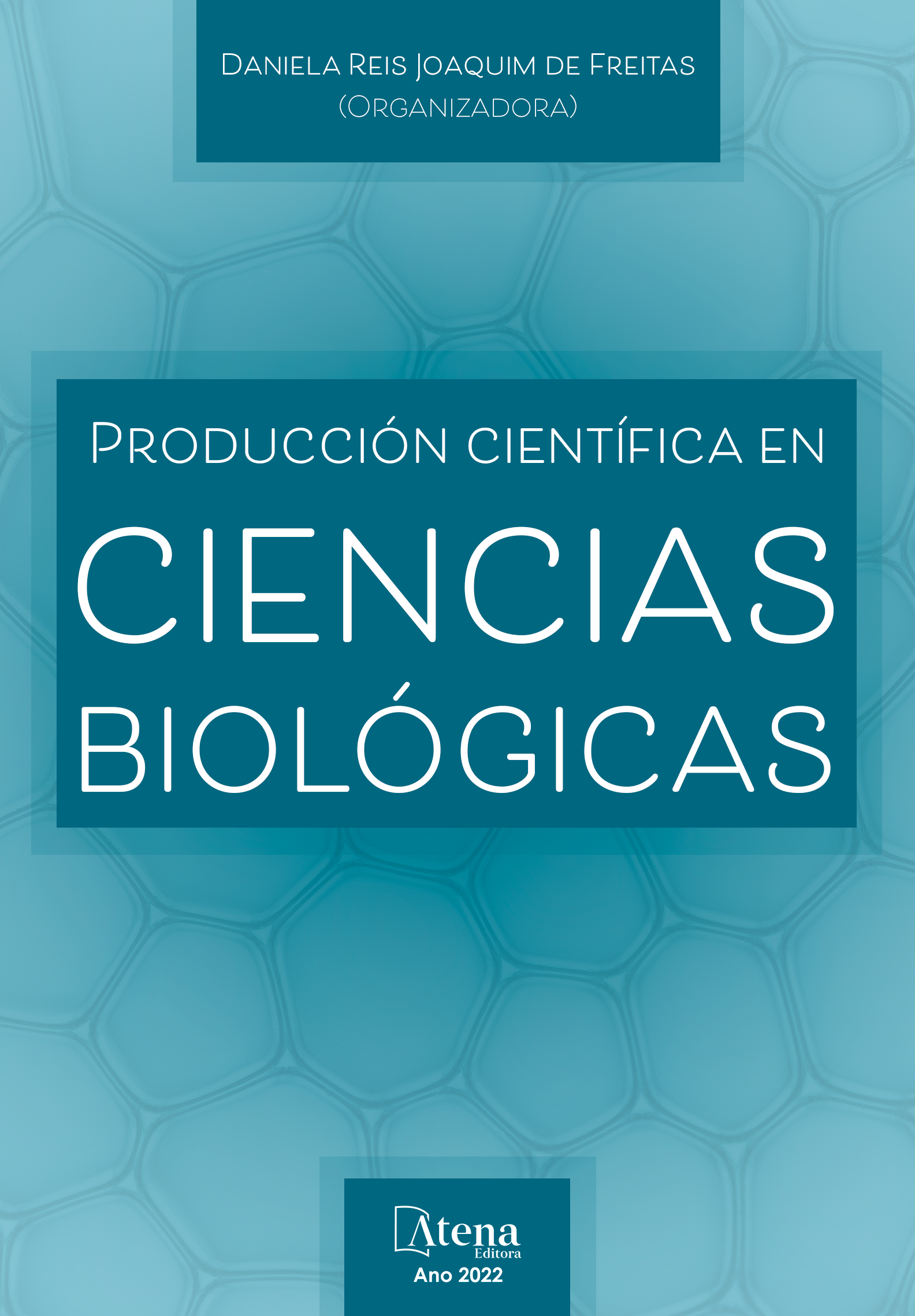
A phylogenetic study of the members of the MAPK family across Viridiplantae.
A fosforilação de proteínas é regulada pela atividade de enzimas genericamente conhecidas como quinases. Uma dessas quinases é a Proteína Quinase Ativada por Mitogênio (MAPK), que opera através de uma cascata de fosforilação formada por membros de três famílias de proteína quinase relacionadas, nomeadamente MAPK quinase quinase (MEKK), MAPK quinase (MEK) e MAPK; esses três atos hierarquicamente. Estabelecer a evolução dessas proteínas no reino vegetal é uma tarefa interessante, mas complicada, porque as atuais subfamílias MAPK, MAPKK e MAPKKK surgiram de duplicações e subfuncionalização subsequente durante o estágio inicial do surgimento de Viridiplantae. Aqui, uma análise genômica in silico foi realizada em 18 espécies diferentes de plantas, o que resultou na identificação de 70 genes não anotados anteriormente como componentes da família MAPK. Curiosamente, uma análise mais profunda das sequências codificadas por tais genes revelou a existência de domínios putativos não descritos anteriormente como assinaturas de MAP quinases. Além disso, nossa análise também sugere a presença de motivos de ativação conservados além dos domínios canônicos TEY e TDY, que caracterizam a família MAPK.
A phylogenetic study of the members of the MAPK family across Viridiplantae.
-
DOI: 10.22533/at.ed.2022205045
-
Palavras-chave: Viridiplantae, Filogenia, família de genes MAPK, Novos domínios.
-
Keywords: Viridiplantae, Phylogeny, MAPK gene family, Novel domains.
-
Abstract:
Protein phosphorylation is regulated by the activity of enzymes generically known as kinases. One of those kinases is Mitogen-Activated Protein Kinases (MAPK), which operate through a phosphorylation cascade conformed by members from three related protein kinase families namely MAPK kinase kinase (MEKK), MAPK kinase (MEK), and MAPK; these three acts hierarchically. Establishing the evolution of these proteins in the plant kingdom is an interesting but complicated task because the current MAPK, MAPKK, and MAPKKK subfamilies arose from duplications and subsequent sub-functionalization during the early stage of the emergence of Viridiplantae. Here, an in silico genomic analysis was performed on 18 different plant species, which resulted in the identification of 70 genes not previously annotated as components of the MAPK family. Interestingly, a deeper analysis of the sequences encoded by such genes revealed the existence of putative domains not previously described as signatures of MAP kinases. Additionally, our analysis also suggests the presence of conserved activation motifs besides the canonical TEY and TDY domains, which characterize the MAPK family.
-
Número de páginas: 19
- José Manuel González-Coronel
- Gustavo Rodríguez-Alonso
- Ángel Arturo Guevara García


